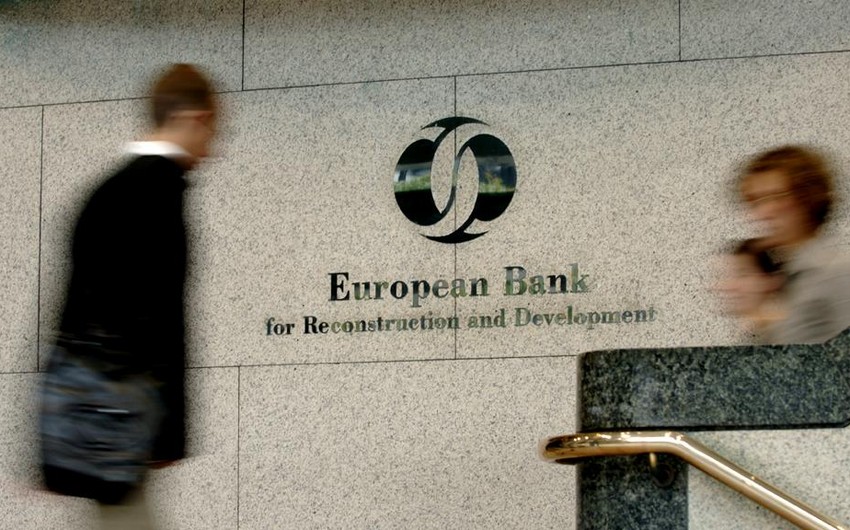Azerbaijan’s GDP growth is expected to reach 4.5 percent in 2022 before moderating to 2.5 percent in 2023, Report informs referring to the Regional Economic Prospects Update by the European Bank for Reconstruction and Development (EBRD) in May entitled “The return of runaway prices.”
Compared to the previous (March) report, the EBRD lowered the forecast for economic growth in Azerbaijan this year by 0.5 percentage points, and kept it unchanged for 2023.
“Rising energy prices will likely support economic growth in Azerbaijan, at least in the short term. Fuelled by high export revenues, non-energy sectors are expected to retain strong growth momentum, although exports of agricultural products to Russia and Ukraine might be negatively affected. In the medium term, there remains a serious risk that a combination of elevated inflation with a fixed exchange rate could lead to a loss of competitiveness of the non-oil sector, holding back the necessary diversification of the economy,” reads the report.
The authors of the report note that high food prices caused inflation to accelerate to an average 12.2 percent year-on-year in the period January to March 2022. The Central Bank of Azerbaijan reacted by hiking the refinancing rate five times since the beginning of 2021, to 7.75 percent in March 2022.
The EBRD believes that economic recovery in Azerbaijan in 2021 was led by the non-energy sectors, with the non-hydrocarbon part of the economy posting 7.2 percent growth in 2021, driven in particular by services and manufacturing: “However, overall GDP growth of 5.6 percent, while exceeding expectations, was weighed down by restrained oil production on the back of the OPEC+ oil production quotas. On the demand side, consumption recovery was robust but investment declined by 7.3 percent. Exports, which are dominated by hydrocarbons, increased by 17 percent in real terms in 2021, and rising demand and prices of oil and gas led to significant external surpluses. GDP growth accelerated further to 6.8 percent year-on-year in the first quarter 2022.”
Aside from Ukraine’s economy, which is currently functioning under war conditions, other countries in this region are being hit by trade disruptions, high energy and grains prices, inflows of refugees and reduced access to international financial markets, according to the EBRD report.
“The consequences of the war on Ukraine will keep inflation at elevated levels, straining household budgets and public finances. In this region, Armenia and Georgia have high export shares to Russia, Ukraine and Belarus, all of which face severe recessions in 2022.
Georgia may additionally suffer from a slowdown in tourism from Russia and Ukraine, strongly affecting an already battered hospitality industry, while Armenia is vulnerable to a major drop in remittances from Russia. Moldova’s fragile economy is struggling to cope with an influx of Ukrainian refugees and suffers from weak energy resilience. Azerbaijan is the only country in EEC that is likely to benefit from current energy sector developments, at least in short term, due to its status as a major hydrocarbons exporter and one of the potential alternative (to Russia) gas suppliers of Europe. Beyond the short term, the economic implications of possible post-conflict scenarios are difficult to assess at present but are extremely sensitive to geo-political developments in the region.”


 https://static.report.az/photo/2ae6b0bb-b2cc-35bb-a20c-3f4465282614.jpg
https://static.report.az/photo/2ae6b0bb-b2cc-35bb-a20c-3f4465282614.jpg

